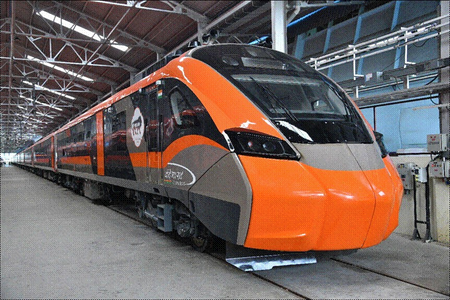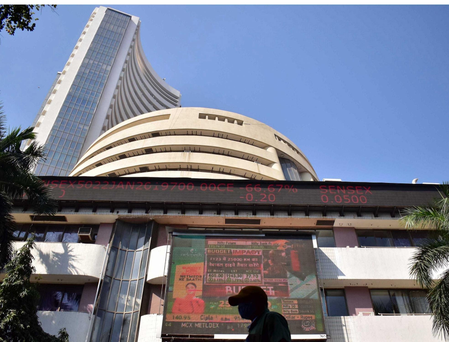
New Delhi, Sep 30 (IANS) The Asian Development Bank (ADB) on Tuesday projected India’s growth at 6.5 per cent for 2025 (FY26) and 2026 (FY27), as it trimmed its growth outlook for developing Asia and the Pacific by 0.1 and 0.2 percentage points for this year and next, respectively, amid the emergence of a new global trade environment shaped by tariffs and updated trade agreements.
India’s GDP grew 7.6 per cent in H1 2025, as higher investment from strong public capital spending, offsets lower net exports and consumption despite firm rural demand, ADB said in a statement.
“Industrial growth likewise improved in India, with manufacturing and construction performing well, offsetting declines in mining and utilities,” the report mentioned.
Manufacturing conditions strengthened in India and most ASEAN economies. Meanwhile, services PMI in India stayed strong, driven by rising demand for travel and recreation services.
“Rice prices are also projected to ease amid favourable weather conditions and record harvests in India, the world’s largest rice exporter,” said the report.
Higher tariffs imposed by the United States and elevated trade uncertainty are expected to weigh on the region’s growth.
Inflation will continue to ease to 1.7 per cent this year amid lower prices for food and energy, before increasing modestly to 2.1 per cent next year as food prices normalise.
In India, CPI inflation stood at 2.07 per cent in August, remaining significantly lower than the 3.7 per cent reported a year ago. Food prices continued to decline for the third consecutive month, decreasing 0.7 per cent year-on-year, primarily due to lower costs for vegetables, pulses, and spices.
“US tariffs have settled at historically high rates and global trade uncertainty remains at elevated levels,” said ADB Chief Economist Albert Park.
“Growth in developing Asia and the Pacific has remained resilient this year thanks to strong exports and robust domestic demand, but the worsened external environment is impacting the outlook. Amid the new global trade environment, it’s crucial for governments to continue promoting sound macroeconomic management, openness, and further regional integration,” Park added.
Growth forecasts for the People’s Republic of China (PRC) remain unchanged, as policy support is expected to cushion the impact of higher tariffs and continued weakness in the property market. The PRC’s economy is projected to expand by 4.7 per cent this year and 4.3 per cent next year.
Economies in Southeast Asia are seeing the largest downgrades to growth forecasts amid weaker global demand and elevated trade uncertainty. Growth in the subregion is now projected at 4.3 per cent for 2025, and the same for 2026 — down 0.4 percentage points for each year compared with April’s forecasts.
–IANS
na/




